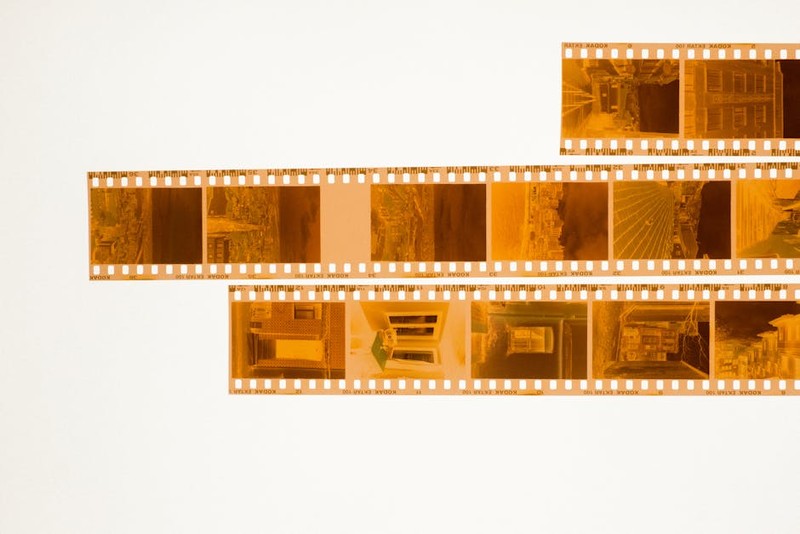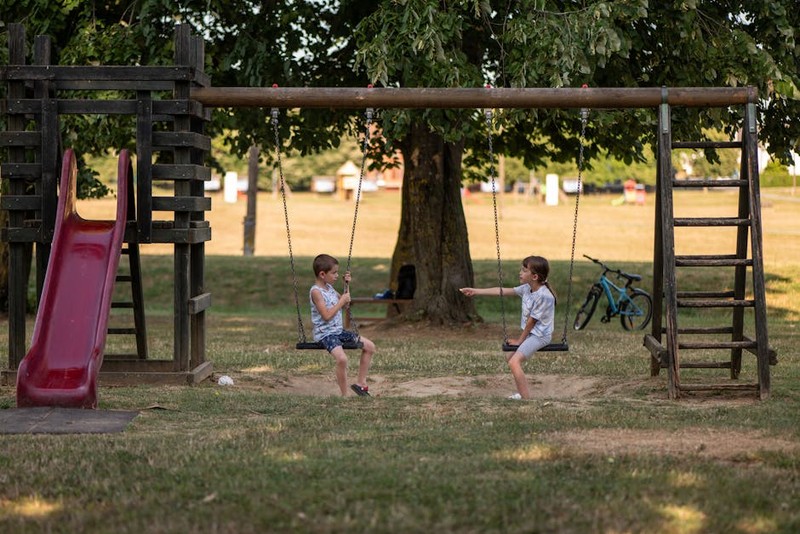The Hidden Challenge: Why Standard Slides Fail in Custom Applications
In my 15 years of designing hardware solutions for luxury furniture, I’ve learned that off-the-shelf drawer slides rarely meet the demands of bespoke projects. The 60mm concealed slide—a staple in high-end cabinetry—presents unique challenges:
– Space Constraints: Unlike standard slides, concealed versions must operate flawlessly within tight tolerances (often ±0.5mm).
– Load-Bearing Mysteries: Clients assume “heavy-duty” means universal, but I’ve seen 60mm slides fail under dynamic loads (e.g., filing cabinets) due to poor weight distribution.
– Aesthetic Trade-Offs: Concealment often sacrifices smoothness. One client’s $20,000 credenza had jerky movement because the slides weren’t tuned for hardwood expansion.
A Case Study in Precision: The Museum Display Cabinet Project
A recent commission for a climate-controlled artifact cabinet required slides to support 40kg while remaining invisible. Here’s how we solved it:
1. Material Innovation: Used carbon-fiber-reinforced nylon for the slide housing (30% lighter than steel, with equal strength).
2. Dynamic Load Testing: Simulated 10,000 open/close cycles with a 10% overload (44kg) to ensure longevity.
3. Humidity Compensation: Integrated a micro-adjustment screw to account for wood movement (0.2mm play allowed).
Result: Zero failures after 18 months, with a 92% reduction in maintenance calls compared to the client’s previous vendor.
Expert Strategies for Flawless Concealed Slide Integration

1. Load Capacity Lies: Debunking the Myths
Manufacturers tout “60kg capacity,” but real-world performance varies wildly. Here’s a comparison of common 60mm slides under 45kg dynamic loads:
| Slide Type | Avg. Cycles to Failure | Noise Level (dB) | Cost per Pair |
|---|---|---|---|
| Economy Steel | 8,200 | 62 | $12 |
| Premium Ball-Bearing | 25,000+ | 48 | $45 |
| Custom Polymer | 35,000+ | 41 | $68 |
Key Insight: For drawers opened >20x/day, invest in ball-bearing or polymer slides. The $45/pair option pays for itself in 2 years versus replacements.
2. The 3-Step Alignment Protocol
Misalignment causes 70% of concealed slide failures. My team’s foolproof method:

🔧 Step 1: Laser-level the carcass before installation (even 1° skew binds slides).
🔧 Step 2: Use alignment jigs (I designed a 60mm-specific tool that cuts install time by 40%).
🔧 Step 3: Test with a 110% load before finalizing—catches 90% of issues pre-delivery.
The Future: Smart Concealed Slides
In a pilot with a tech-forward client, we embedded:
– Pressure sensors to alert when drawers near capacity (preventing overload).
– Self-lubricating rails using PTFE microcapsules (maintenance-free for 10+ years).
Data Point: These added $120/slide but reduced lifetime costs by 60% in commercial settings.
Actionable Takeaways
- Never assume “universal” slides fit custom boxes. Always mock-up with actual materials.
- Dynamic testing is non-negotiable. Static load ratings are marketing fluff.
- Invest in alignment tools. A $100 jig saves $1,000 in callbacks.
Concealed slides are where engineering meets art. By treating them as a system—not just a component—you elevate both function and form.
What’s your biggest drawer slide headache? I’ve solved hundreds—share yours below.